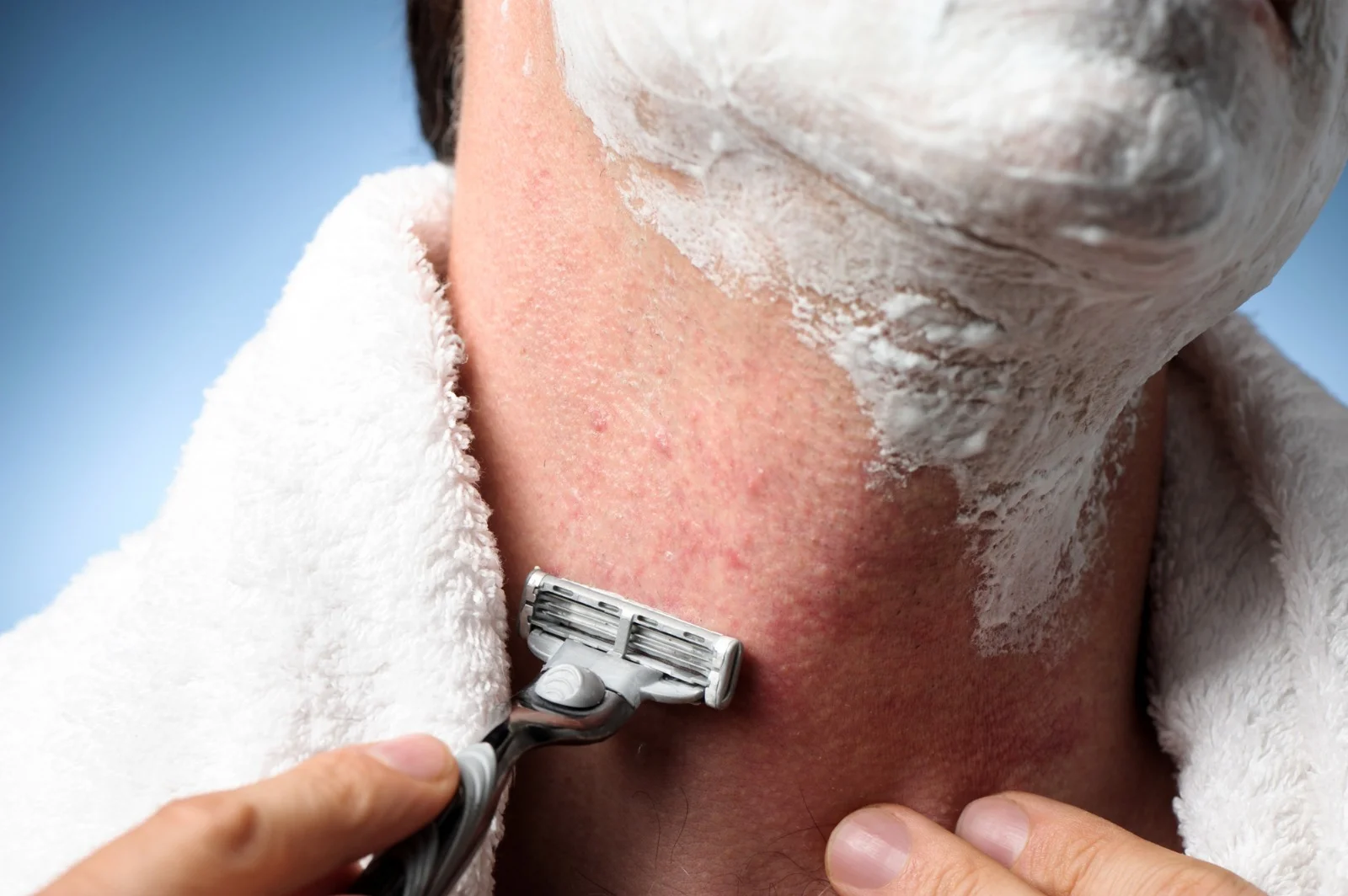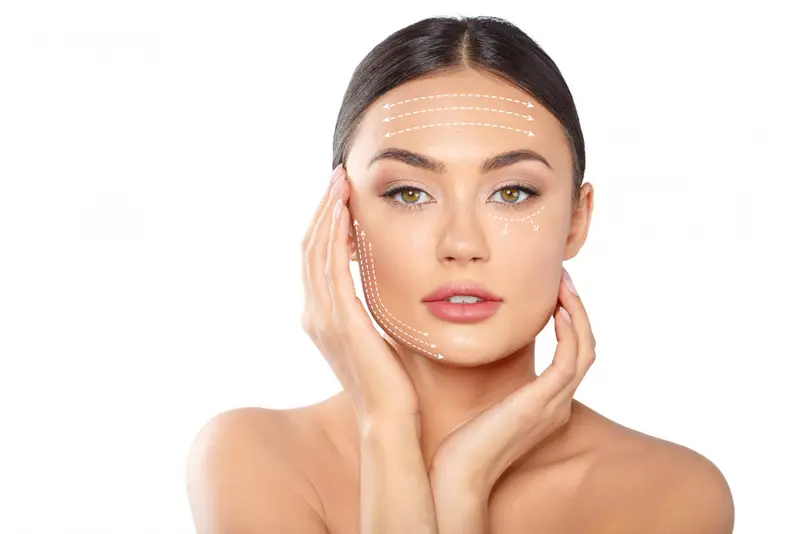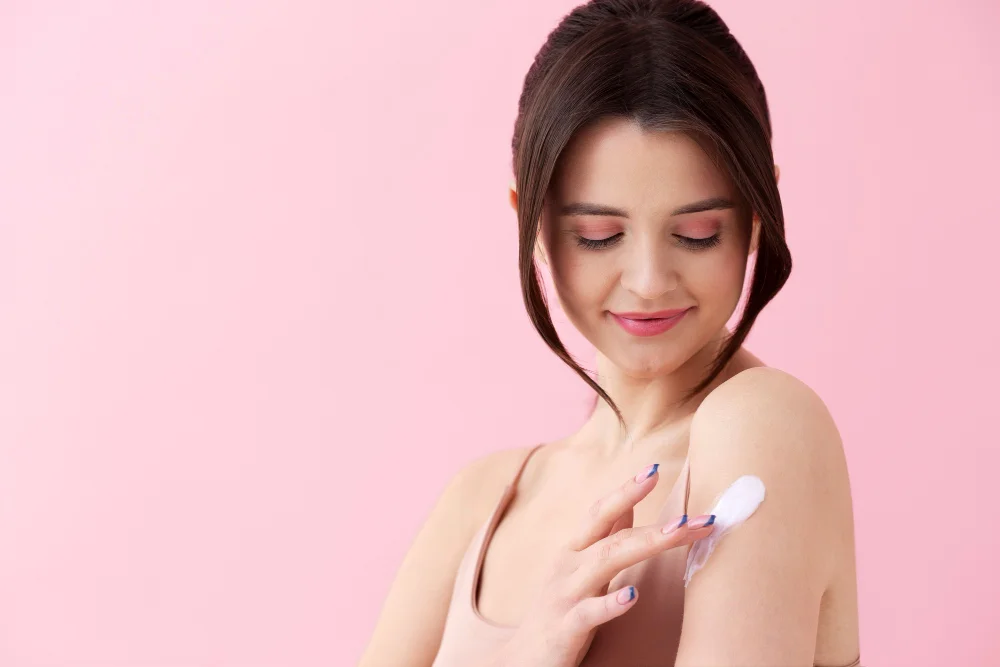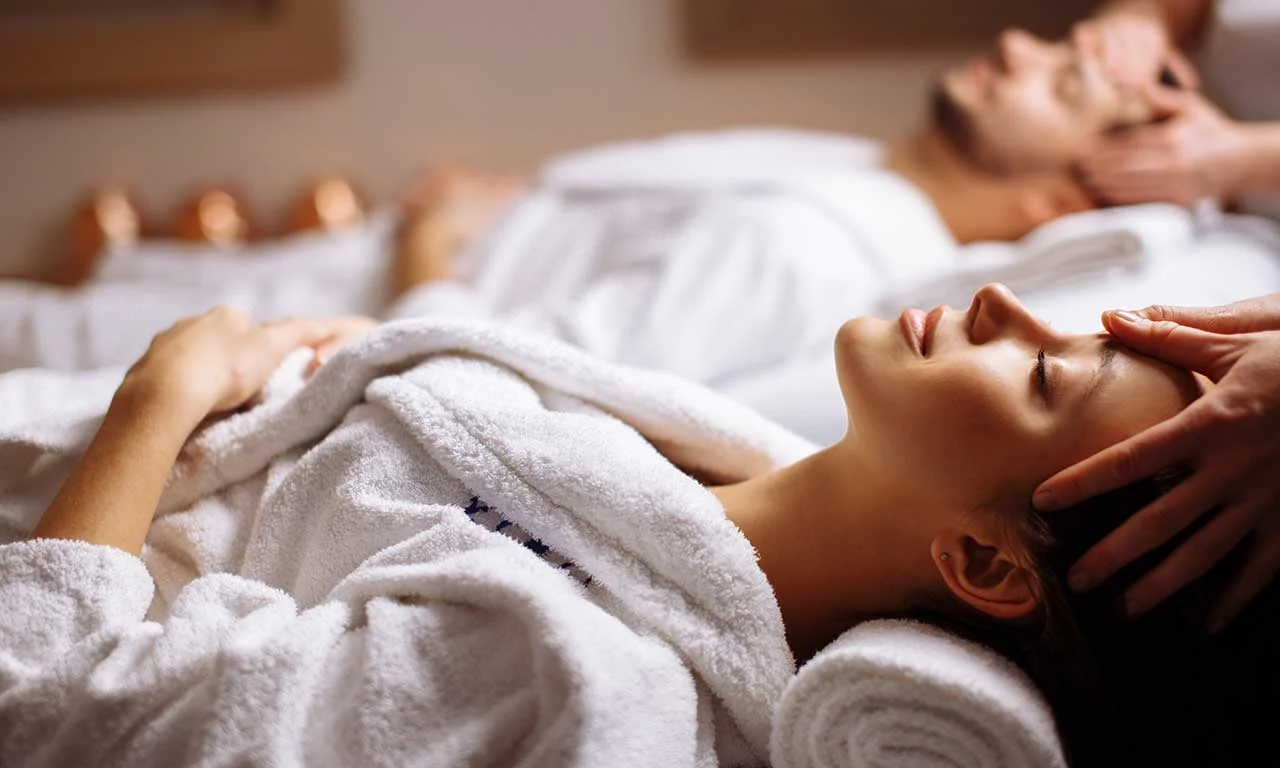When you shave, do you get razor bumps, ingrown hairs, or skin irritation? It’s unpleasant when you have redness or bumps – and it can ruin your great shave and your day!
When you shave, you remove both the hair and a layer of protective skin cells. When you then rub the area with a washcloth, more skin cells get scraped away. The result can be razor burn – a bumpy, extremely uncomfortable result.
Fortunately, you can do a few things to prevent it. Keep reading to learn more.
Prepare Your Skin Before Shaving
Properly preparing the skin before shaving helps to prevent razor burn. To begin, wash the area to be shaved with a gentle cleanser. This will help to remove any built-up oils, dirt, and sweat that could potentially cause skin irritation.
Following, exfoliate the area by using a gentle scrub or soft wet cloth. This step helps lift the hairs that will be shaved, making the process smoother. Next, apply a thick shaving cream or gel to the area.
This helps create a lubricating layer between the razor and the skin, preventing burning. Finally, always use a sharp, clean razor. Dull blades can tug, leading to razor burn.
Once you have shaved, rinse the area with warm water and pat it dry. Hydrating the skin after shaving can also help prevent razor burn. Using these steps can help lead to a smooth shave that is free of razor burn.
Invest in Good Quality Razors
It is important to invest in good quality razors to help prevent razor burn. High-quality razors not only help to provide a close shave but also help protect the skin from irritation. Look for razors that provide multiple blades for a closer shave with less irritation risk.
Razor blades with multiple blades, lubrication strips, and an ergonomic design are key features that can help to reduce the risk of razor burn. Additionally, avoid using dull razors and replace blades after 4-5 shaves for the best results.
Additionally, make sure to use plenty of shaving cream and warm water when using your razor. This will help to keep the skin hydrated and free from irritation. Change the direction of the razor with each stroke and shave in the direction of hair growth to avoid further irritation.
Finally, avoid pushing down too hard on the razor and refrain from using too much pressure.
Keep Skin Well Moisturized
One way to prevent razor burns is to keep your skin properly moisturized. It is important to clean your skin before shaving. This will help to reduce the likelihood of bacteria buildup and irritation.
After cleansing, apply thick, lubricating shaving cream to the area being shaved. This will help to soften the hair and reduce the friction of the razor as it moves across the skin. Additionally, after shaving, it is important to apply a moisturizer to reduce inflammation and maintain the skin’s natural barrier.
Using a moisture-rich lotion, cream, or oil will help to soothe the skin and help it heal faster. It is also important to shave the same area less frequently, allowing your skin more time to heal and renew itself between shaves.
These steps can help to support and nourish your skin and help prevent the incidence of razor burns and razor bumps.
Use a Sharp Blade
Having a sharp blade is a key element of how to prevent razor burn. Sharp blades slice hairs rather than pulling them out, which reduces the friction and prevents skin from becoming irritated by friction.
It is important to use new blades when shaving to ensure they are sharp when in use. It is also important to maintain and store blades correctly. Place blades on a clean towel for storage to ensure no moisture gets onto them.
Also, be sure to avoid using it on skin that is dry or has cuts or sores. Additionally, always make sure to clean the blade off after each use, as this will help reduce bacteria build-up. Using a sharp blade is an important part of preventing razor burn.
Shave in the Opposite Direction of Your Hair Growth
Shaving in the opposite direction of your hair growth is one of the most effective ways to prevent razor burn. Firstly, take a hot shower or use a hot towel to moisten your skin and open your pores, which makes the hair follicles more receptive to the razor.
Use a shave cream or gel to lubricate your skin and ensure an even coating over the shaved area. When applying the razor, hold it at an angle and slowly razor in the opposite direction of hair growth.
This will help to get a closer shave and reduce the risk of leaving behind too much hair. To reduce the risk of razor burn, use a new razor or change the blade post-shaving. To finish off and reduce razor burn, rinse your skin with cold water after shaving.
Lastly, apply a light moisturizer or an anti-inflammatory cream to help soothe the skin and prevent razor burn.
Proper Aftercare
Proper aftercare is key to preventing razor burns. First, use mild soap and warm water to thoroughly cleanse the area you shaved before and after shaving. You should then apply a moisturizer or gentle lotion to the skin to keep it hydrated and promote healing.
Avoid any lotions or creams that contain fragrances or harsh chemicals that may irritate the skin. Exfoliating a few times a week will help remove any dead skin and help reduce the chance of razor burn.
Finally, finish off with a cool cloth to help soothe the skin. Taking the time to properly care for your skin before and after shaving will help you avoid razor burn and ensure that your skin remains healthy and smooth. Try sugaring hair removal services for a lovely aftercare feel.
Avoid Razor Burn Today
To prevent razor burn, use high-quality, clean shaving products, shave with the grain, and moisturize your skin following a shave. By following these guidelines, razor burns can be prevented, and your skin can stay smooth and healthy. Try it today for smooth and comfortable skin!
Check our blogs for more!

















